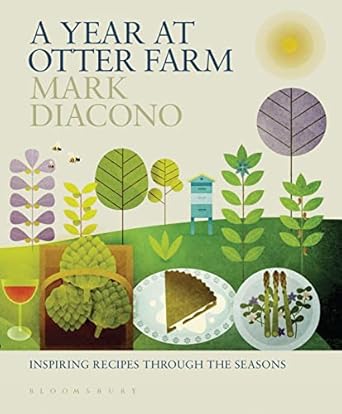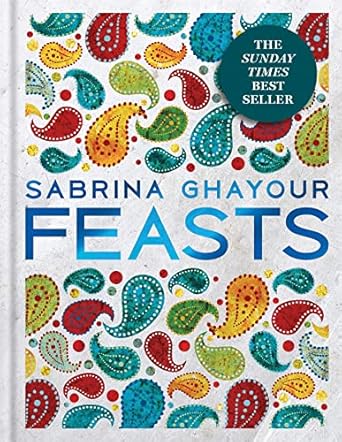Plums

NUTRITION
Plums are a good source of potassium, fibre and vitamins A and C. They are rich in antioxidants and also contain the amino acid tryptophan which is used by the body to produce the neurotransmitter serotonin.
Plums come in many guises - tart or very sweet; for cooking or for eating; and in a range of rich hues from light greens and yellows to dark reds and purples. When we cooked sugar plums the golden orange flesh melted and mingled with the crimson skins to form a striking 'sunset on a plate' that tasted every bit as good as it looked.
HISTORY
The oldest of the numerous plum varieties is thought to be Prunus salicina, known as Japanese plum although it was originally introduced to Japan from its native China. The European plum has been cultivated since ancient times and probably originated in central or south-eastern Europe. The Greeks imported plums from Syria and they were later introduced to northern Europe by the Romans.
Plums have been eaten in England for centuries. They were grown in the gardens of medieval monasteries and are referred to in the writings of Chaucer from the fourteenth century. The ever popular Victoria plum was first cultivated in Sussex in the 1840s.
There are now more than 300 varieties of plum in Britain and they grow in temperate regions across the globe.
BIOLOGY
The common European plum, Prunica domestica, is closely related to the cherry and is a member of the rose family (other members include the nectarine, peach, apricot and sloe).
Damsons and greengages are also types of plum, although in culinary usage the term plum is generally used exclusively to describe the sweeter varieties that can be eaten raw.
TIPS
BUYING
Plums should be plump, smooth and well coloured. Ripe plums yield to gentle
pressure and have an inviting aroma. Firmer plums will ripen and soften
at home. If you are going to be using plums in cooking, choose ones that
are just on the firm side of ripe.
STORING
Keep unripe plums at room temperature to ripen. Ripe plums can be refrigerated
for a few days (allow them to reach room temperature before eating). Plums
freeze well; halve and remove the stones first to prevent the flavour
from being impaired.
PREPARING
Plums should be washed before use. The skin is generally sharper than
the flesh and it is often best to leave it on but, for a mellower, sweeter
flavour, plums can be easily skinned as you would a tomato (cut a small
cross in the skin and blanch in boiling water for 5-10 seconds before peeling).
Roasting, stewing or poaching are all excellent cooking methods.
MISCELLANY
Legendary food writer Elizabeth David has the following to say on what NOT to do with plums (from Summer Cooking):
"Cold stewed plums must be one of the dullest dishes on earth. Accompanied by custard it is one of the most depressing. English plum tart runs it pretty close."
Slivovitz, a plum brandy, is popular in the Balkans and other parts of eastern Europe.
Certain types of plum are dried to make prunes. The best prunes are generally acknowledged to be prunes d'Agen from south-west France, which feature in a number of meat and game dishes of the region such as Lapin aux pruneaux (rabbit with prunes).
IN OUR FAVOURITE BOOKS
To support site running costs, we participate in the Amazon affiliates scheme and book links take you to the relevant Amazon page.
 Includes a recipe for
Includes a recipe for Fennel sugar plums
 Includes a recipe for
Includes a recipe for Victorian plum cobbler
 Includes a recipe for
Includes a recipe for Beer roasted pork shoulder with plum sauce


